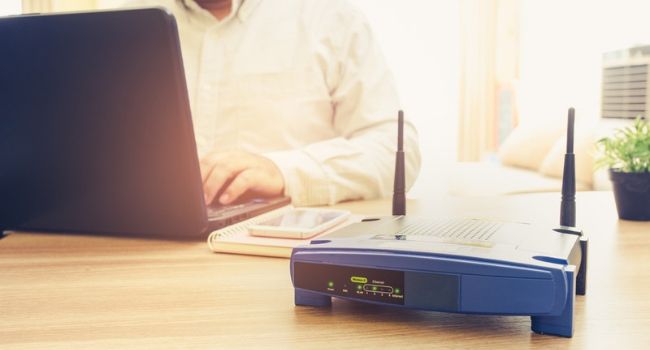
IoT Security: Current Threats and How to Overcome Them
Connecting devices to a 0G network is a simple fix to seemingly insurmountable challenges.
The Internet of Things (IoT) industry is booming, offering data-backed insights that are providing value to numerous enterprises and industries. In agriculture, for instance, IoT devices are helping farmers monitor weather changes in the precise location of their crops to optimize labor, water usage and harvest health. In the supply chain, the IoT is being used to track the location and conditions of shipments, ensuring that transported goods make it to their destination safely and on time. In the travel industry, IoT sensors are notifying flight passengers when their bags arrive at the airport.
The opportunities afforded by the IoT are clear and seemingly limitless, but one major obstacle still hinders widespread adoption: uncertainties around device and network security. In a survey conducted by Bain & Company in 2018, enterprise and industrial respondents listed security as the top barrier to IoT adoption. To overcome this challenge, organizations must first understand the different types of security vulnerabilities, and how to combat them.
Current Threats to the IoT
IoT device security issues currently stem from three sources:
- Network hacks: Network hacks occur when devices are compromised via the network to which they are connected. This type of breach enables the hacker to gain control of the device and operate it as they like. For example, the hacker might tap into a device in an autonomous vehicle to control its driving and trigger a crash, or a thermostat to control temperature of an industrial furnace and cause harm to a factory.
- Distributed Denial of Service (DDoS) attacks: DDoS attacks happen when devices are manipulated to send so many messages that the IoT network becomes overwhelmed and shuts down. Hackers use this method to take control of multiple compromised devices to create a “traffic jam,” preventing necessary information from getting through to its destination.
- Radio frequency (RF) jamming: Wireless IoT devices, such as alarm security devices, may be blocked via radio jamming, which is the deliberate jamming, blocking or interference with wireless communications. This process is done by purchasing an illegal RF jammer device, and can cause IoT devices to lose connectivity, limiting their ability to communicate with the network. For example, home and commercial alarm security systems, which are usually connected over cellular networks, can be jammed to enable a break-in and block the alarm that would typically be sent to the security provider.
Solving security problems can often seem like an insurmountable hurdle to overcome. But, when IoT devices are connected to a reliable network, avoiding network hacks and DDoS attacks becomes fairly simple.
Combating Network Hacks and DDoS Attacks with 0G
Organizations can avoid DDoS attacks and network hacks by connecting IoT devices to a 0G network. A 0G network is a dedicated, low-power wireless network that is specifically designed to send small, critical messages from any IoT device to the Internet. Because the network is created to save power, it does not rely on traditional, constant and synchronized two-way communication protocol between the device and the receiver. Once the IoT device wakes up and sends the data asynchronously to the 0G network, it goes back into sleep-mode. This creates an extremely small window for hackers to break into the network and take control of the device. As a result, devices connected to a 0G network are not beholden to it and therefore not susceptible to network hacks.
0G can also mitigate the risk of DDoS attacks because this kind of network does not support network-initiated downlinks—0G networks only support device-initiated downlinks. As a result, devices cannot be taken over and controlled remotely to launch DDoS attacks.
Due to the robustness of the 0G signaling scheme and pseudo-randomness of its data transmissions, a 0G network is also nearly impossible to jam. It would be exceptionally expensive, while also requiring extremely high-power antennas to jam an ultra-narrowband 0G network. In fact, a 0G network can actually serve as a backup network for cellular devices susceptible to RF jamming.
With a 0G network, enterprise and industry organizations can unlock the limitless potential of IoT without compromising security. Overcoming these security challenges are the next step in shifting the future of IoT forward.